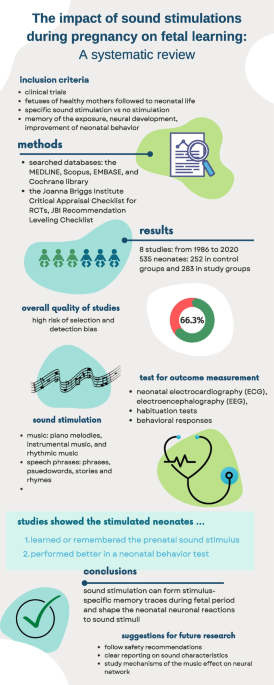Fetal Heart Sound: Understanding the Rhythmic Melodies
– Fetal heart monitoring measures the heart rate and rhythm of the baby during late pregnancy and labor.
– The average fetal heart rate is between 110 and 160 beats per minute, with a variation of 5 to 25 beats per minute.
– Abnormal fetal heart rate may indicate oxygen deprivation or other problems.
– There are two methods of fetal heart monitoring: external and internal.
– External monitoring uses a Doppler ultrasound device to listen to and record the baby’s heartbeat through the mother’s abdomen.
– Internal monitoring involves placing a thin wire electrode on the baby’s scalp, connected to a monitor.
– Fetal heart monitoring is especially helpful in high-risk pregnancies or when monitoring the effects of preterm labor medicines.
– Fetal heart rate can be affected by factors such as uterine contractions, pain medicines or anesthesia, tests done during labor, and pushing during the second stage of labor.
– Risks of fetal heart rate monitoring include discomfort caused by the transducer belts and slight discomfort during internal monitoring.
– The accuracy of fetal heart rate monitoring may be affected by factors such as the mother’s obesity, position of the baby or mother, and certain conditions like polyhydramnios.
– The article advises patients to discuss any concerns with their healthcare provider.
– Before the procedure, patients may be asked to sign a consent form and may need to follow specific instructions.
– The amniotic sac must be broken and the cervix dilated for internal monitoring.
– The test can be done at a healthcare provider’s office or as part of a hospital stay.
– Fetal heartbeat can be detected by a vaginal ultrasound as early as 5 1/2 to 6 weeks gestation.
– Embryonic cardiac activity begins approximately 22 days after conception.
– The earliest the baby’s cardiac activity can be detected is between five and six weeks gestation.
– At this stage, the heartbeat is seen through an ultrasound image rather than heard through a Doppler.
– It may still be too early to detect a heartbeat if it is not seen on the ultrasound screen at the first visit.
– Transvaginal ultrasounds are commonly used early on to detect the heartbeat.
– Fetal Dopplers can detect the heartbeat as early as 8 weeks, but other factors may make it difficult.
– Most fetal heart tones can be heard by 10-12 weeks.
– A baby’s heartbeat can be heard with a stethoscope starting at 18 to 20 weeks.
